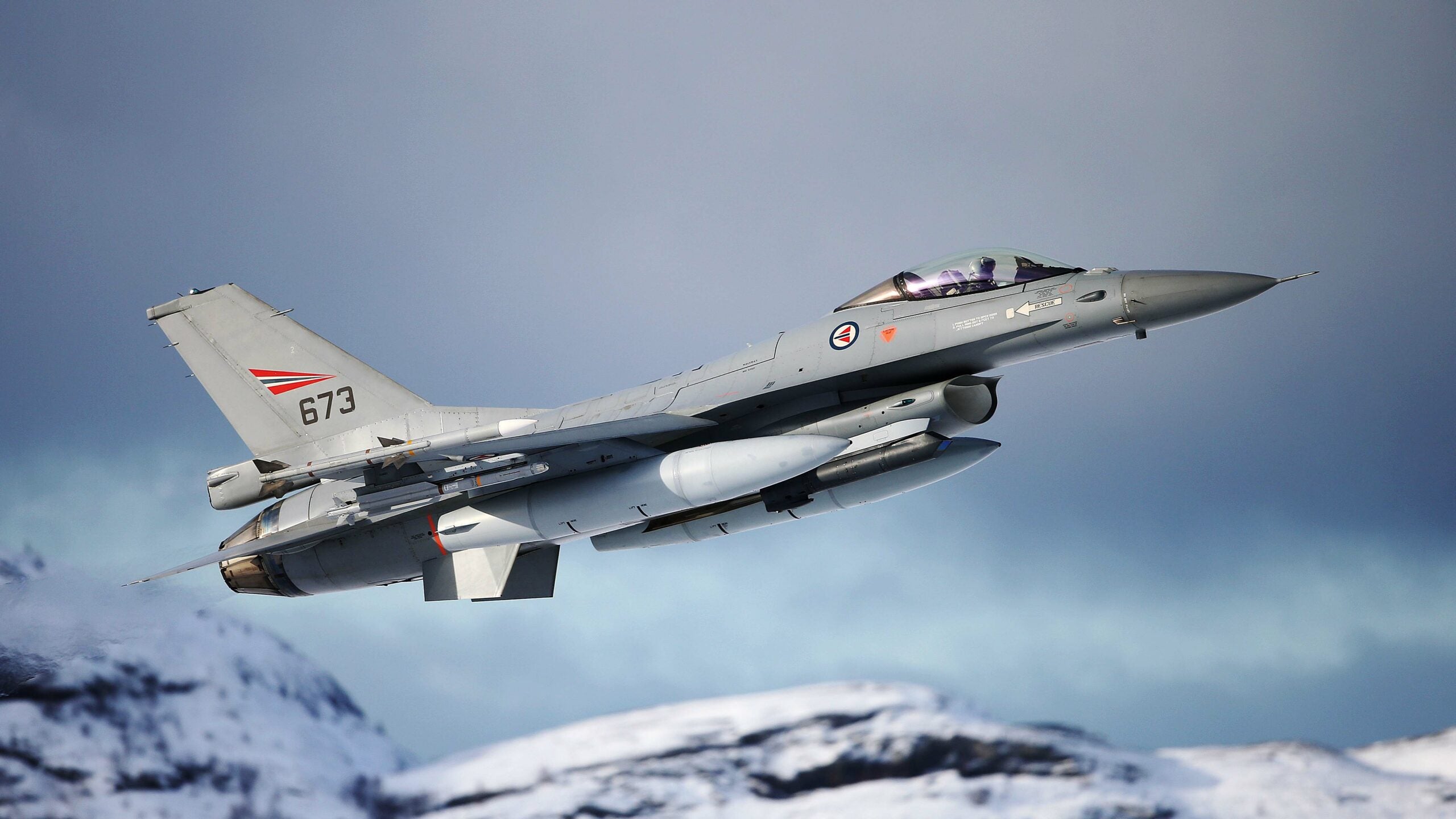Draken International has signed a contract to bring yet more F-16 fighter jets to its fast-expanding “red air” fleet, as the adversary air support contractor adds ex-Norwegian Vipers to the dozen former Dutch examples it acquired earlier this year. Up to 12 F-16s acquired from Norway will form part of an impressive private tactical jet air force, already one of the world’s largest, which also includes a dozen ex-South African Atlas Cheetahs, and 22 ex-Spanish Air Force Mirage F1Ms, plus assorted other subsonic jets, as well as a deep backstock of MiG-21s.
Draken took to Facebook yesterday to announce it was buying the F-16s plus “supporting assets” in a deal signed with the government of Norway but which still requires approval from U.S. and Norwegian authorities. The value of the contract has not been revealed.
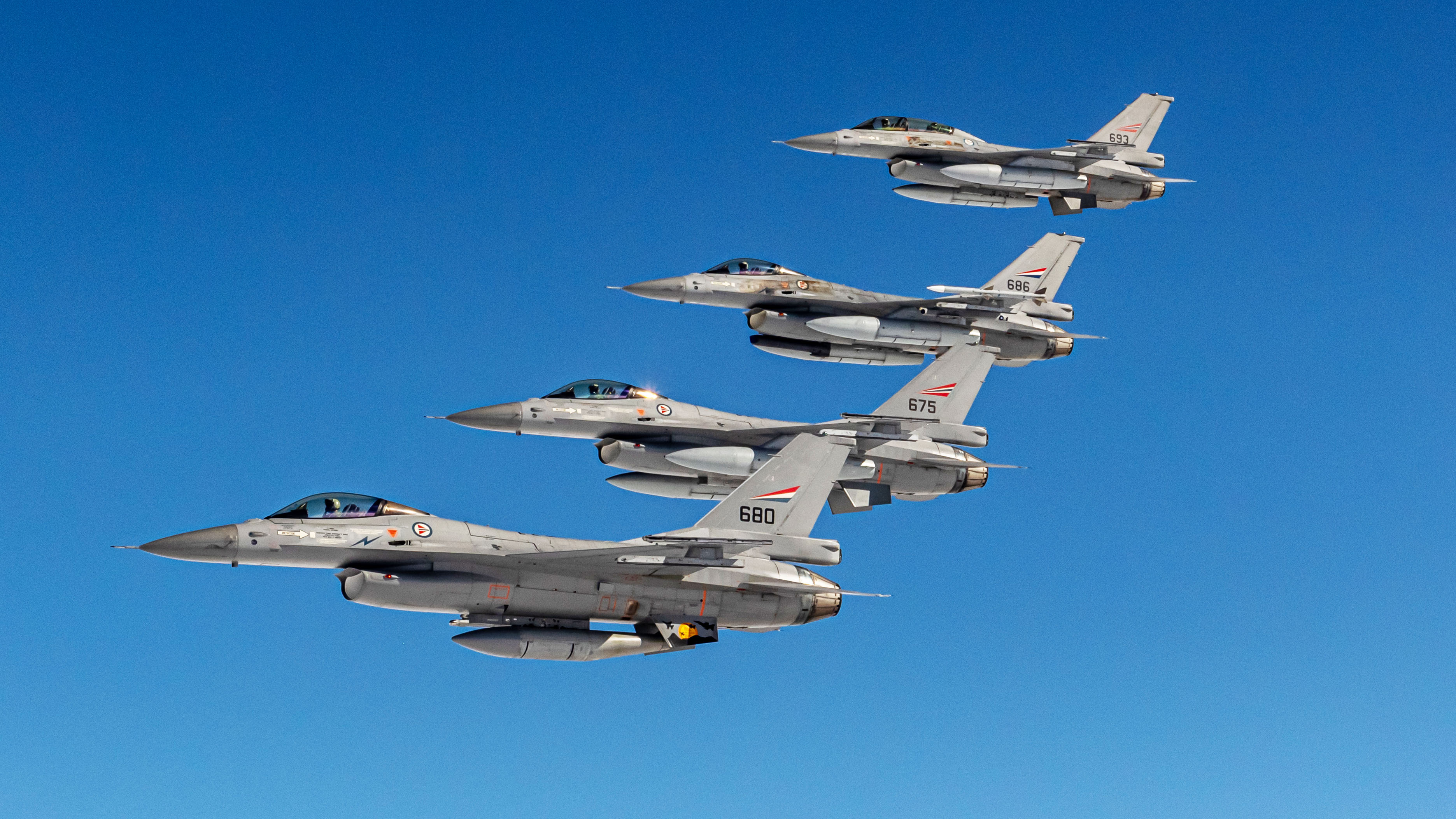
“We are thrilled to have built a superb and lasting relationship with the people of Norway,” said Bill Tart, COO of Draken, in the statement. “The inclusion of the F-16s into the Draken fleet is transformational,” added Joe Ford, Draken’s CEO.
Today, the Norwegian Defense Materiel Agency provided more details of the sale, noting that the jets could be delivered to Draken as early as next year and they will support training “against American fighter aircraft.” Headquartered at Lakeland Linder International Airport, in Lakeland, Florida, the company also provides contractor adversary services within Europe.
“The F-16 has been a formidable capacity for the [Royal Norwegian Air Force, or RNoAF] and the defense of Norway,” the Defense Materiel Agency said in a statement on its website. “The F-16 has claimed sovereignty in Norwegian airspace, as well as participated in a number of national and international operations and exercises. In September 2019, Defense Materiel was commissioned by the Ministry of Defense to dispose of the aircraft after they were taken out of service at the end of 2021.”
In fact, the last of the Royal Norwegian Air Force (RNoAF) F-16s are due to be withdrawn before the end of this year, after over 40 years of service, so technically they still have a few more weeks of operations ahead of them. From the beginning of next year, they will be replaced entirely by the F-35A stealth fighter, Norway being one of the biggest European customers for this type with 52 examples on order.

The Norwegian Ministry of Defense had already decided that it would try and sell its F-16s to allies after they completed their service. As well as the dozen or so jets for Draken, the Norwegian Minister of Defense Odd-Roger Enoksen confirmed that “there is a dialogue with NATO allies about the sale of several Norwegian F-16s.”
“We are now continuing the work of selling as many of the remaining aircraft as possible and have expectations that this can be realized in the coming months,” said director Mette Sørfonden, director of the Defense Materiel Agency.
Although old — the Norwegian Vipers were originally delivered from 1980, initially in Block 1 form — the fleet has been notably well looked after and has been successively upgraded. “The fighter aircraft are among the best maintained in the world and have a consistently high standard,” Sørfonden claims.
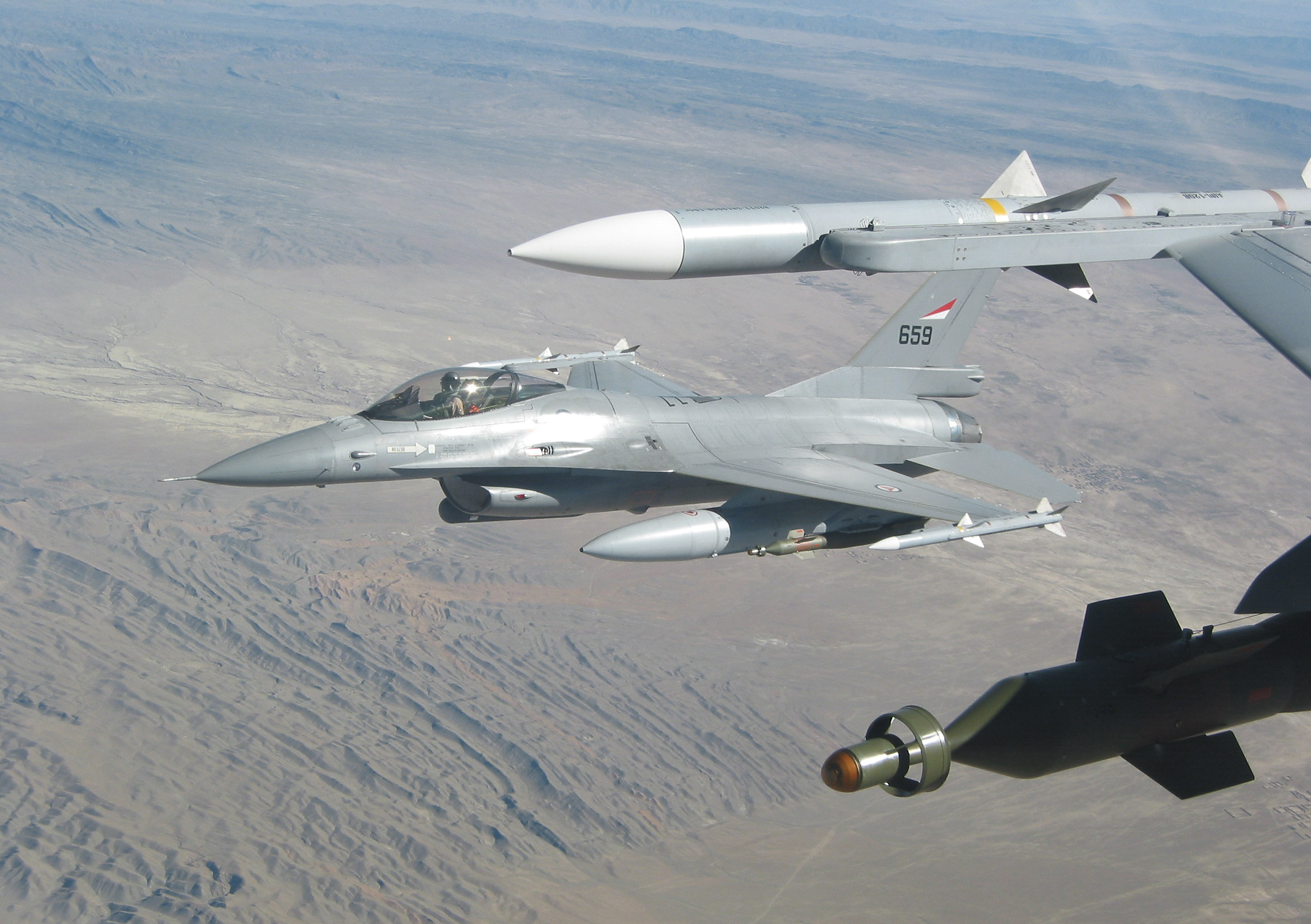
Like the Dutch F-16s that Draken previously acquired, the RNoAF jets underwent the Mid-Life Update (MLU), bringing them from the original F-16A/B standard to what’s unofficially known as F-16AM/BM. This means the aircraft are broadly comparable to the U.S. Air Force’s F-16C/D Block 50/52 fleet. They have been fitted with a new modular mission computer, targeting pods, datalinks, GPS, night-vision goggle compatibility, and new precision-guided weapons. Improvements have continued to be introduced via successive software upgrades.
By adding another batch of F-16s to its adversary fleet, Draken will keep pace with rival red air provider Top Aces, which is now operating the first of the 29 ex-Israeli F-16A/Bs acquired from Israel.
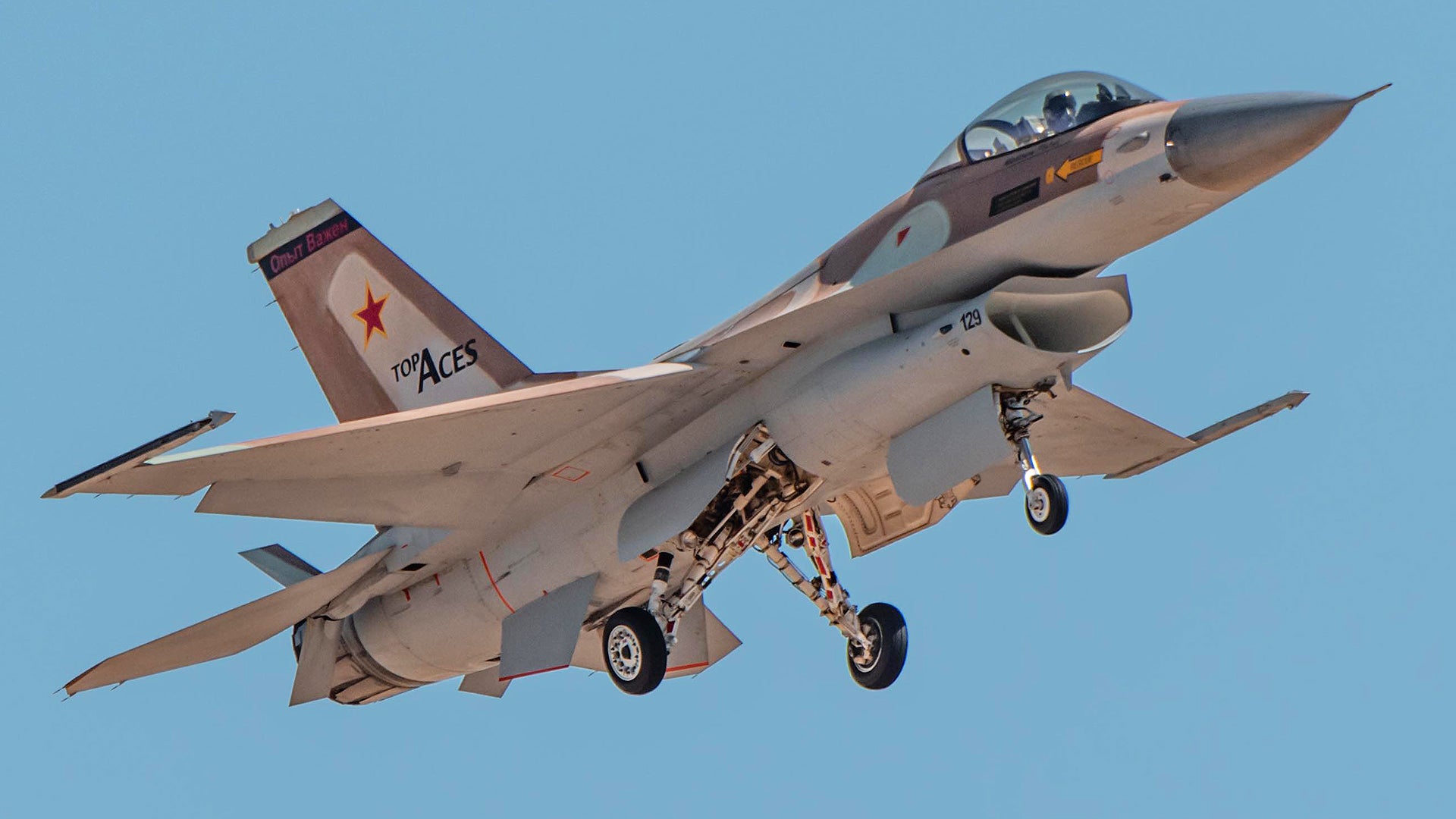
The move reflects the popularity of the Viper as a platform with which to meet the U.S. military’s growing demand for contract aggressor services, especially to fulfill the U.S. Air Force’s mammoth adversary air contract.
As well as the former Norwegian F-16s, and the 12 already acquired from the Netherlands, Draken could expand its fleet still further, with the Dutch government having announced an option for the firm to acquire another 28 examples, which are planned to be retired from service by the end of 2024.
As it stands, Draken’s fleet currently includes two supersonic fighter jets for adversary work: a dozen ex-South African Atlas Cheetahs, and 22 ex-Spanish Air Force Mirage F1Ms. One of the latter jets was lost in a fatal crash near Nellis Air Force Base, Nevada, earlier this year.

In addition, Draken operates subsonic A-4 Skyhawks, L-159 Honey Badgers, L-39s, and MB339s. The company also owns dozens of MiG-21s, although they are currently in storage.
While the Cheetahs and Mirage F1s provide a high level of performance and are equipped with radars, the F-16 is the aggressor of choice for the U.S. Air Force and U.S. Navy and its performance is legendary. It remains an ideal platform for training pilots of advanced U.S. fighters like the F-35 Lightning II and F-22 Raptor. The various advantages the F-16 offers in the red air environment are clear, especially when it comes to being able to ‘run down’ blue force fighters and other performance and capabilities advantages. With this in mind, there’s what seems like the growing realization that a place for a true fourth-generation fighter like the Viper exists for the most demanding of contracted aggressor work. Prior to the arrival of the F-16 on the private aggressor scene, ‘warmed over’ third-generation types fulfilled the most advanced contracted training missions.
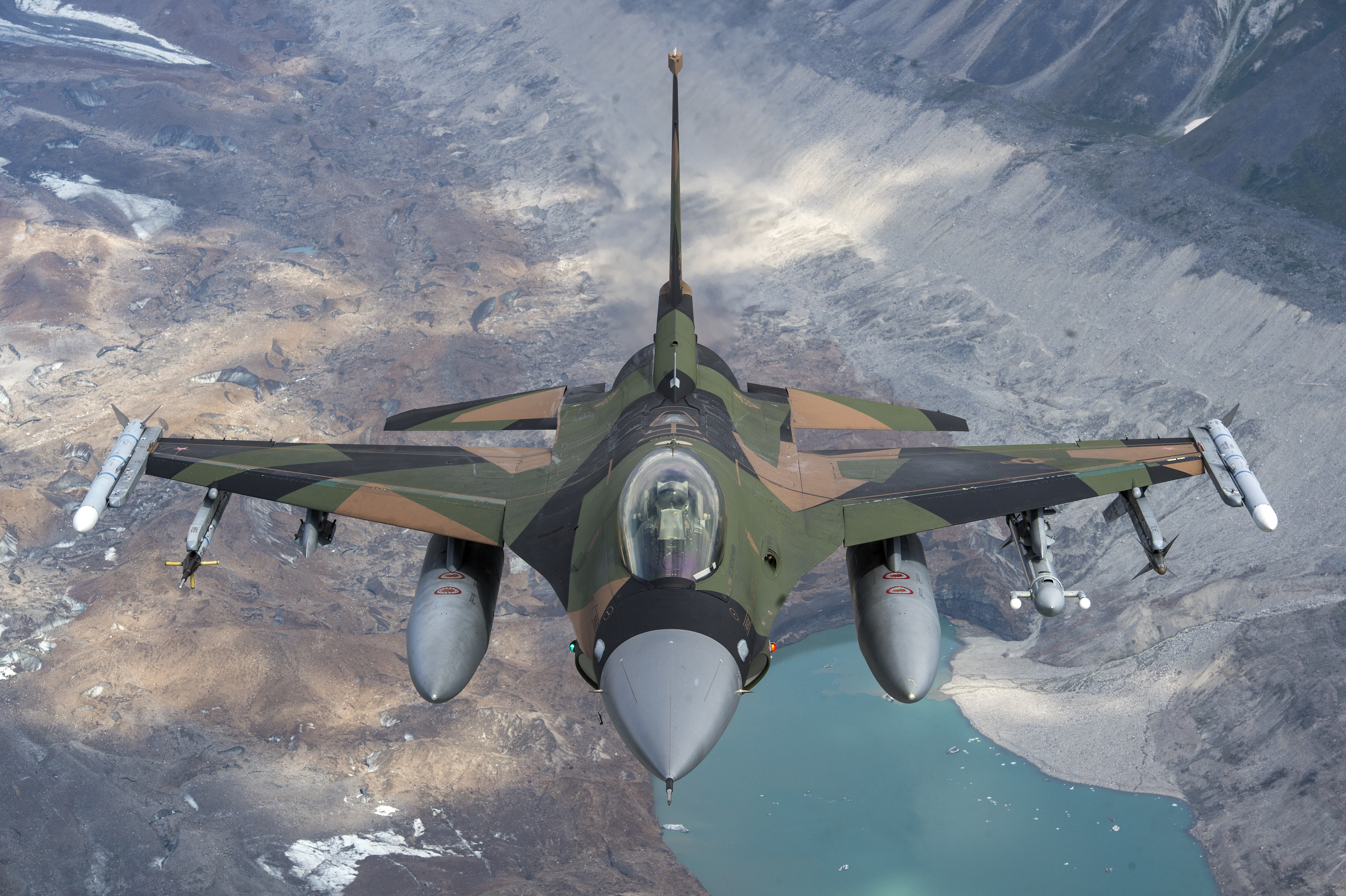
Still, especially once upgrades have been made to these aging jets, engaging the services of these F-16s won’t come cheap. The acquisition and direct operating costs alone are significantly higher than their less complex third-generation fighter stablemates. However, if the U.S. military needs to properly push its pilots to the limits, and wants to increasingly rely more heavily on contractors to help it do so, then a platform of this type makes some sense — an A-4 or L-159, or even a Mirage F1, while cheaper in nearly every aspect, simply cannot replicate the same kinds of high-end threats.
Clearly, the appetite for contractor adversary support is there, and the Draken fleet is set to be busy, not least with the U.S. Air Force’s $6.4-billion program that is providing red air support at 12 different airbases throughout the United States. Draken is among the companies to have received a share of this contract, together with Air USA, Airborne Tactical Advantage Company, Tactical Air Support, and Top Aces. The contract runs until October 2024 and is expected to involve between 40,000 to 50,000 flying hours per year.
Barring any hurdles with U.S. government approvals, Draken now looks set to receive F-16s, from former Dutch and Norwegian stocks in 2022, suggesting that they could soon be plying their trade as bad guys during training and exercises before too long.
Contact the author: thomas@thedrive.com
